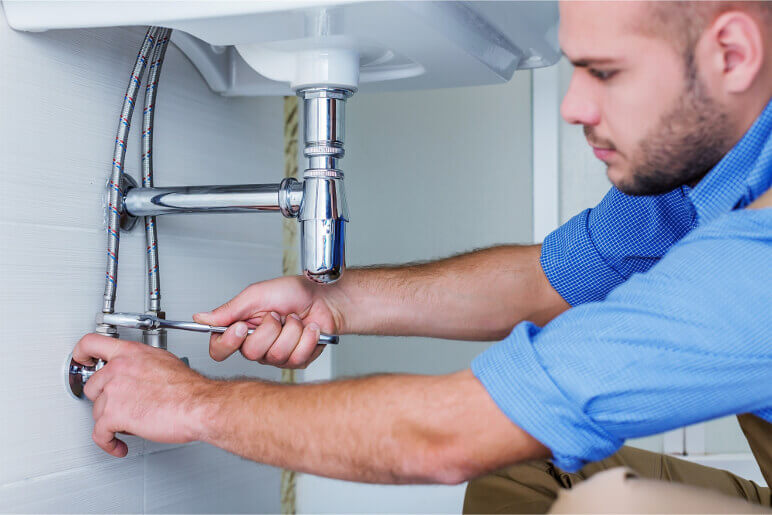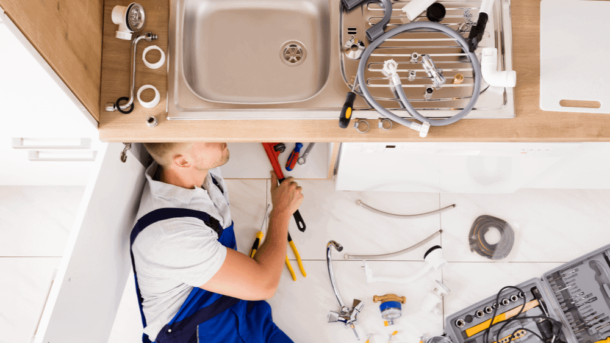A well-functioning plumbing system is the backbone of a comfortable home, yet it’s often overlooked until a leak, clog, or burst pipe causes costly damage. Regular preventive maintenance not only saves you from emergency repairs but also extends the lifespan of your plumbing. Below are nine straightforward steps to keep your pipes, drains, and fixtures in optimal condition—no professional expertise required.

1. Regularly Inspect for Leaks
Start with the easiest (and most critical) step: check for leaks. Even small drips can waste hundreds of gallons of water annually and lead to mold or structural damage over time.
- Common leak spots: Under sinks, around toilet bases, behind washing machines, and at pipe joints.
- How to detect: Use a damp cloth to feel for moisture in hidden areas. For toilets, add a few drops of food coloring to the tank—if color appears in the bowl within 10 minutes, you have a leak.
- Fix immediately: Tighten loose connections or replace worn-out washers in faucets. For persistent leaks, don’t hesitate to call a plumber—ignoring them only worsens the plumbing maintenance problem.
2. Avoid Flushing or Draining the Wrong Items
One of the biggest plumbing maintenance is improper disposal of non-flushable or drain-clogging materials.
- Never flush: Wipes (even “flushable” ones), feminine products, cotton balls, or dental floss. These items don’t break down like toilet paper and form stubborn clogs.
- Keep drains clear: Install mesh strainers in sinks and showers to catch hair, food scraps, and debris. Never pour grease, coffee grounds, or cooking oil down drains—they solidify and block pipes over time.
- Use drain traps: In kitchen sinks, a garbage disposal can help, but always run cold water while using it and avoid hard items like bones or fruit pits.
3. Clean Drains Monthly
Slow drains are a early warning sign of clogs. Instead of relying on harsh chemical cleaners (which damage pipes), use these gentle, effective methods:
Natural DIY Cleaners
- Baking soda + vinegar: Pour ½ cup baking soda down the drain, followed by ½ cup white vinegar. Let it fizz for 10 minutes, then flush with boiling water. This combo dissolves organic buildup like soap scum and food residue.
- Enzyme cleaners: Safe for pipes and septic systems, these products use bacteria to break down clogs over 24–48 hours.
Mechanical Solutions
- Plunger: Use a cup plunger for sinks or a flange plunger for toilets. Create a tight seal and plunge vigorously to dislodge blockages.
- Drain snake: For stubborn clogs, a hand-held auger (or “plumbing snake”) can reach deeper into pipes to pull out trapped debris.
4. Maintain Your Water Heater
A neglected water heater loses efficiency and risks sediment buildup, which causes corrosion and reduced lifespan.
- Drain annually: Turn off the power, connect a hose to the drain valve, and flush out mineral deposits. This improves heating performance and prevents tank rust.
- Check the pressure relief valve: Lift the lever gently to ensure it opens and closes properly—this safety feature prevents overpressure explosions.
- Set the temperature: Keep it at 120°F (49°C) to avoid scalding and minimize mineral buildup.
5. Monitor Water Pressure
High water pressure strains pipes, valves, and fixtures, leading to leaks or bursts. Use a pressure gauge (screws onto an outdoor spigot) to test it:
- Ideal range: 40–60 PSI (pounds per square inch).
- If too high: Install a pressure regulator near the water main entry point. This simple device protects your entire plumbing system from excessive stress.
6. Protect Pipes from Freezing
In colder climates, frozen pipes are a major risk. Prevent them by:
- Insulate exposed pipes: Use foam pipe sleeves on exterior walls, crawlspaces, or unheated areas.
- Let faucets drip: During freezing nights, leave indoor faucets slightly open to keep water moving and reduce pressure buildup.
- Seal gaps: Use caulk or weatherstripping to block drafts around pipes entering the house.
- Keep cabinets open: For sinks against exterior walls, open under-sink cabinets to let warm air circulate.
7. Properly Use Drainage Appliances
Appliances like washing machines, dishwashers, and ice makers connect to your plumbing—using them correctly prevents backups and leaks.
- Hose connections: Check supply hoses for cracks or bulges (replace every 5–7 years). For washing machines, use braided stainless steel hoses (more durable than plastic).
- Lint traps: Clean the lint filter in your washing machine’s drain hose regularly—lint buildup is a common cause of slow drains.
- Dishwasher maintenance: Run a hot water cycle monthly and clean the filter to prevent food particles from clogging the drain line.
8. Schedule Annual Professional Inspections
While DIY maintenance is essential, a licensed plumber can catch hidden issues you might miss:
- Video pipe inspection: Cameras detect root intrusions, corrosion, or misalignments in sewer lines.
- Water quality testing: High mineral content or acidic water can damage pipes—plumbers recommend treatments like water softeners if needed.
- Preventive tune-ups: Professionals can lubricate valves, check for slab leaks (under concrete), and ensure your system complies with local codes.
9. Keep a Maintenance Log
Track when you’ve cleaned drains, replaced hoses, or scheduled inspections. A simple spreadsheet or notebook with dates and tasks helps you stay on top of routines and provides a history for plumbers if issues arise.
Conclusion: Small Efforts, Big Rewards
Plumbing maintenance doesn’t require technical skill—just consistency. By following these nine steps, you’ll avoid the stress of emergency repairs, save on water bills, and ensure your home’s plumbing system operates smoothly for years. Remember: prevention is always cheaper than cure. Start with one task today—like checking for leaks or installing a drain strainer—and gradually build a routine that protects your home’s most vital system.
By investing a little time in proactive care, you’ll enjoy the peace of mind that comes with a healthy, reliable plumbing system. Your future self (and your wallet) will thank you!



